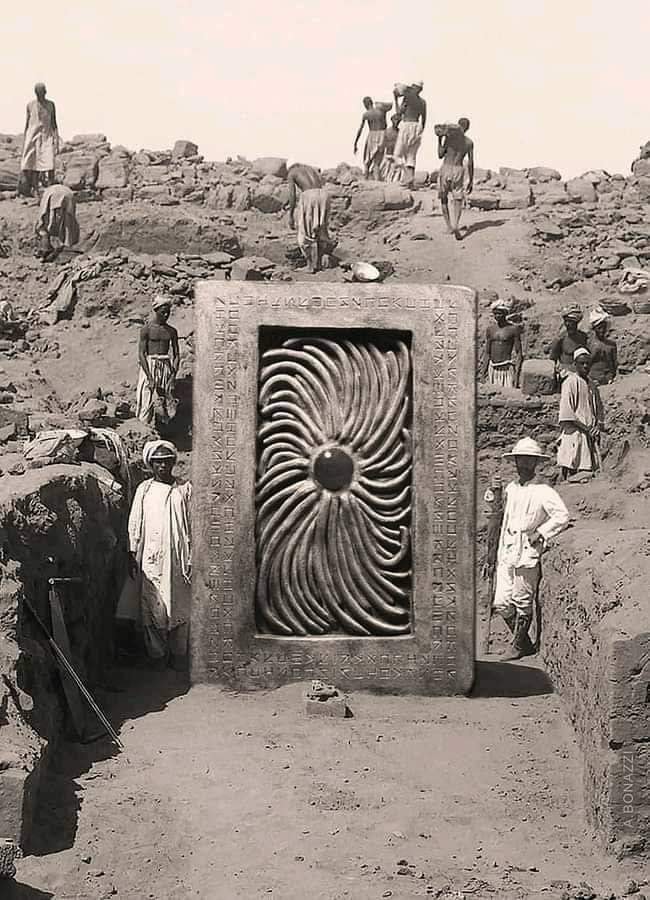FACT CHECK: Does This Image Show A 1932 Archeological Discovery In Iraq?
An image shared on Facebook over 200 times purportedly shows an artifact discovered in Iraq by English archeologists in 1932.

Facebook/Screenshot
Verdict: False
The picture is an altered version of one captured in Egypt in 1910, not Iraq in 1932. In the original, no such artifact is visible.
Fact Check:
The image shared on Facebook shows a black-and-white photo of what appears to be an archaeological excavation site where several men are standing around a large rectangular stone object inscribed with markings.
“November 29, 1932, Iraq,” reads the Nov. 28 post’s caption. “A group of English archaeologists discovered a complex set of solid granite structures, with intriguing highlights and cuneiform language.” (RELATED: No, British Parliament Didn’t Ban Lipstick In 1770 For Fear It Had ‘The Power To Seduce Men Into Marriage’)
However, the image does not depict a real historical event in Iraq. It was first shared on Instagram in May as a work of art by Italian artist Andrea Bonazzi, whose first initial and last name appear in the lower right corner of his Instagram post and the image shared on Facebook. Similar content can be seen on the artist’s blog and Instagram account.
Bonazzi explained in an email to Check Your Fact that he created the piece of artwork by photoshopping the rectangular stone object into a real historical photo. He said the stone object is actually a sculpture he created that can be found on his website.
“Yes, this is one of my artworks, a Photoshop composition made with one of my own sculptures placed in a historical but modified background,” said Bonazzi. “I make sculptures and illustrations largely based on Horror, Fantasy and Weird fiction, especially inspired by the works of H.P. Lovecraft.”
The original, unaltered historical photo was taken at the site of an ancient temple in Meroë, Egypt, in 1910, according to the Garstang Museum of Archaeology, and does not include the rectangular stone object. A version of the old picture can be found on the stock photo website Alamy.
Other images from the 1910 excavation in Meroë, Egypt, can be found in a 2016 article from The Guardian.
